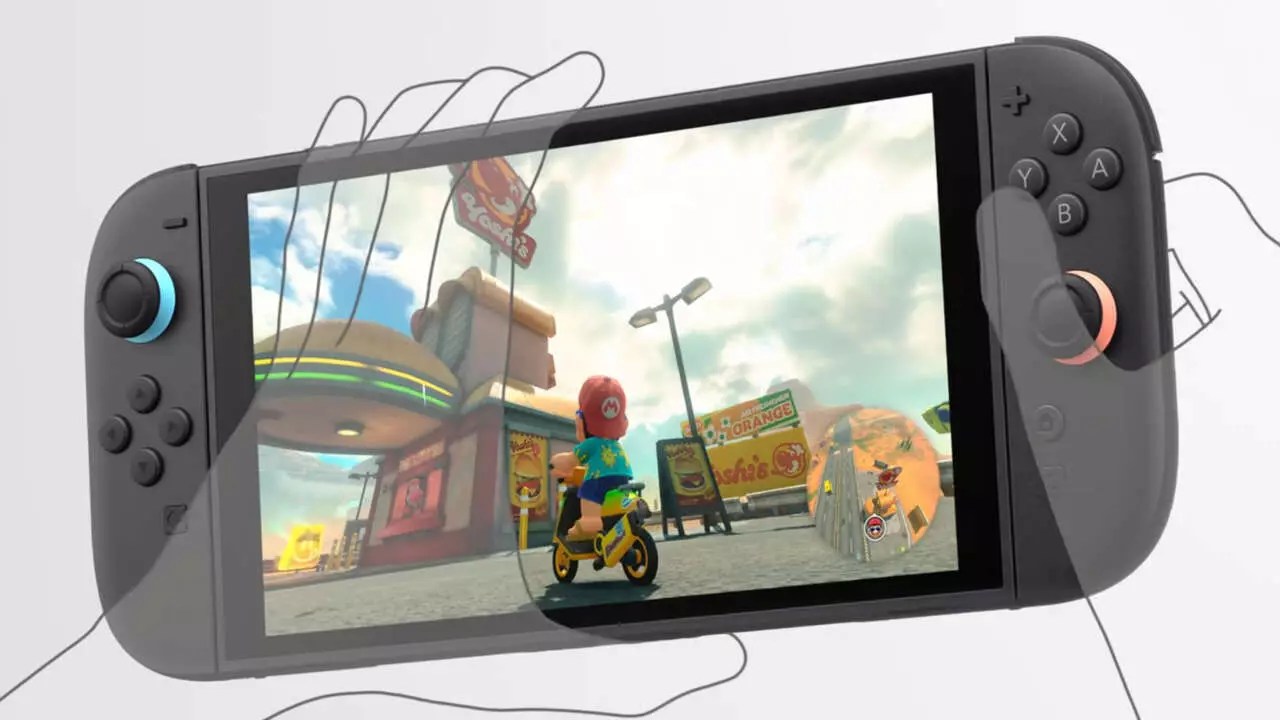Nintendo has long been at the forefront of gaming innovation, and the development of the Nintendo Switch stands as testament to this legacy. Interestingly, the Switch’s detachable Joy-Con controllers could have taken a dramatically different form with a magnetic attachment system. This idea, initially conceptualized during the Switch’s early design phases, was ultimately abandoned after feedback from Satoru Iwata, Nintendo’s then-President. While the concept of magnetic Joy-Con controllers would later resurface in the newly announced Switch 2, its history provides compelling insight into Nintendo’s iterative design philosophy.
Kouichi Kawamoto, a producer in Nintendo’s entertainment planning and development department, shed light on the hurdles faced during the original Switch’s development. The prototype Joy-Con, designed to connect using magnets, unfortunately featured unstable connections. This wobbling risk raised concerns about consumer confidence, leading the team to pivot to the rail system that ultimately defined the original Switch’s functionality. This development anecdote not only illustrates the challenges of hardware design but also signifies how consumer perception can drive critical design decisions.
The Pursuit of Simplicity and Usability
Even after dismissing the magnetic attachment system, Nintendo did not abandon the core idea of improving the user experience associated with Joy-Con controllers. Tetsuya Sasaki, a general manager at Nintendo, mentioned that research into magnet-based attachment methods continued, highlighting a relentless pursuit of innovation within the company. This determination exemplifies Nintendo’s commitment to not only enhance gaming experiences but also to make technology more accessible to all, including children.
Kawamoto expressed an unwavering desire to simplify the process of attaching and detaching Joy-Con controllers. The company’s commitment to refining the Joy-Con experience has now culminated in the magnetic Joy-Con 2 for the Switch 2. Nintendo has succeeded in designing a product that minimizes user frustration—achieving an interface so intuitive that even young children can navigate it seamlessly.
A New Era: Features and Functionality
The Switch 2 seeks to enhance not just controller design but also gameplay through an array of new features and updated technology. Gamers can expect significant improvements, such as larger thumbsticks, the introduction of a dedicated GameChat button, and the capability to utilize Joy-Con 2 as a mouse input. This focus on versatility positions the Switch 2 as a competitive player in the current gaming landscape, where consumer demand leans heavily towards multifunctional devices.
Moreover, the anticipated improvements in graphics—supporting HDR and 4K resolution when docked, alongside enhanced frame rates—place the Switch 2 at the cutting edge of home console technology. These innovations are complemented by a robust lineup of exclusive games, including a new Mario Kart World, a sequel to Kirby Air Ride, and upgrades to existing titles like The Legend of Zelda: Tears of the Kingdom. The prospect of a $500 Switch 2 Mario Kart World bundle also serves to generate excitement over the new console.
Revisiting the Past: A Tribute to Iwata’s Legacy
Satoru Iwata’s influence on Nintendo’s design ethos remains palpable, even years after his passing. His commitment to consumer satisfaction shaped initial product decisions that still resonate with contemporary gaming dynamics. By acknowledging that the original concept for magnetic Joy-Cons was ultimately set aside due to the risks identified under Iwata’s guidance, we can appreciate the thoughtful consideration that lies behind Nintendo’s design process.
Nintendo’s ability to explore new concepts while learning from past experiences marks a significant strength in its approach to innovation. By resurrecting the magnetic Joy-Con concept for the Switch 2, the company not only honors Iwata’s commitment to user satisfaction but also sets a promising foundation for the future of gaming hardware. The magnetic redesign is not merely an enhancement; it is a reflection of Nintendo’s adaptability in a rapidly evolving industry. The Switch 2 embodies both nostalgia and a forward-thinking ethos that promises to take gaming to unprecedented levels.


Leave a Reply